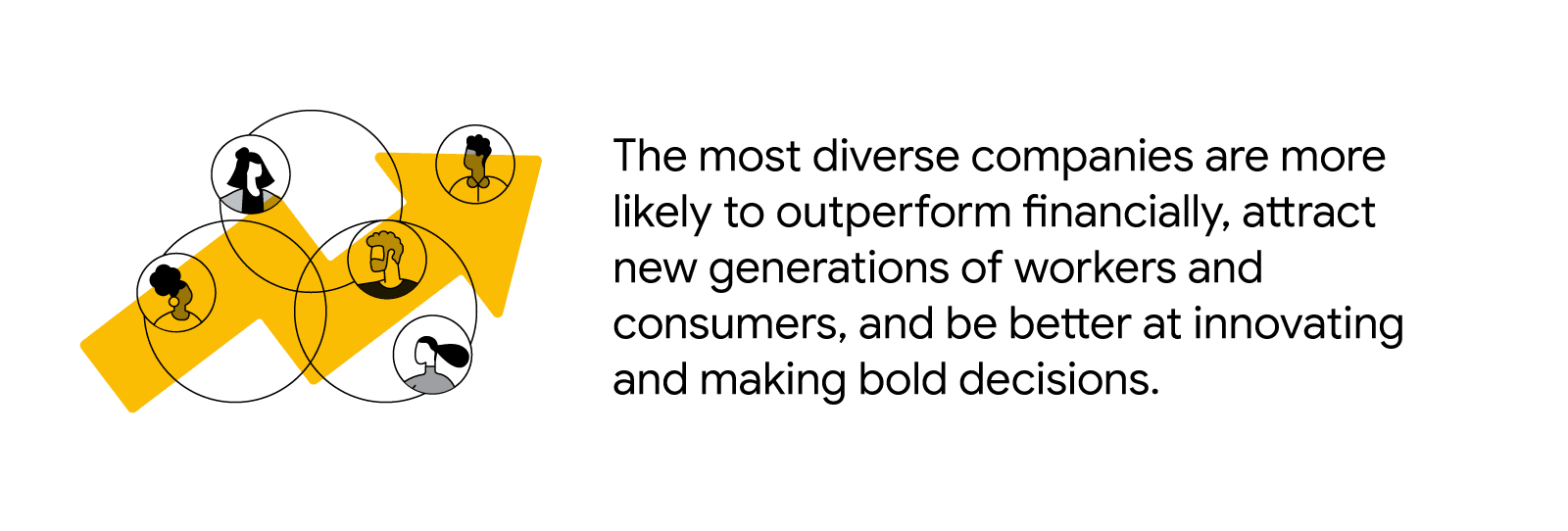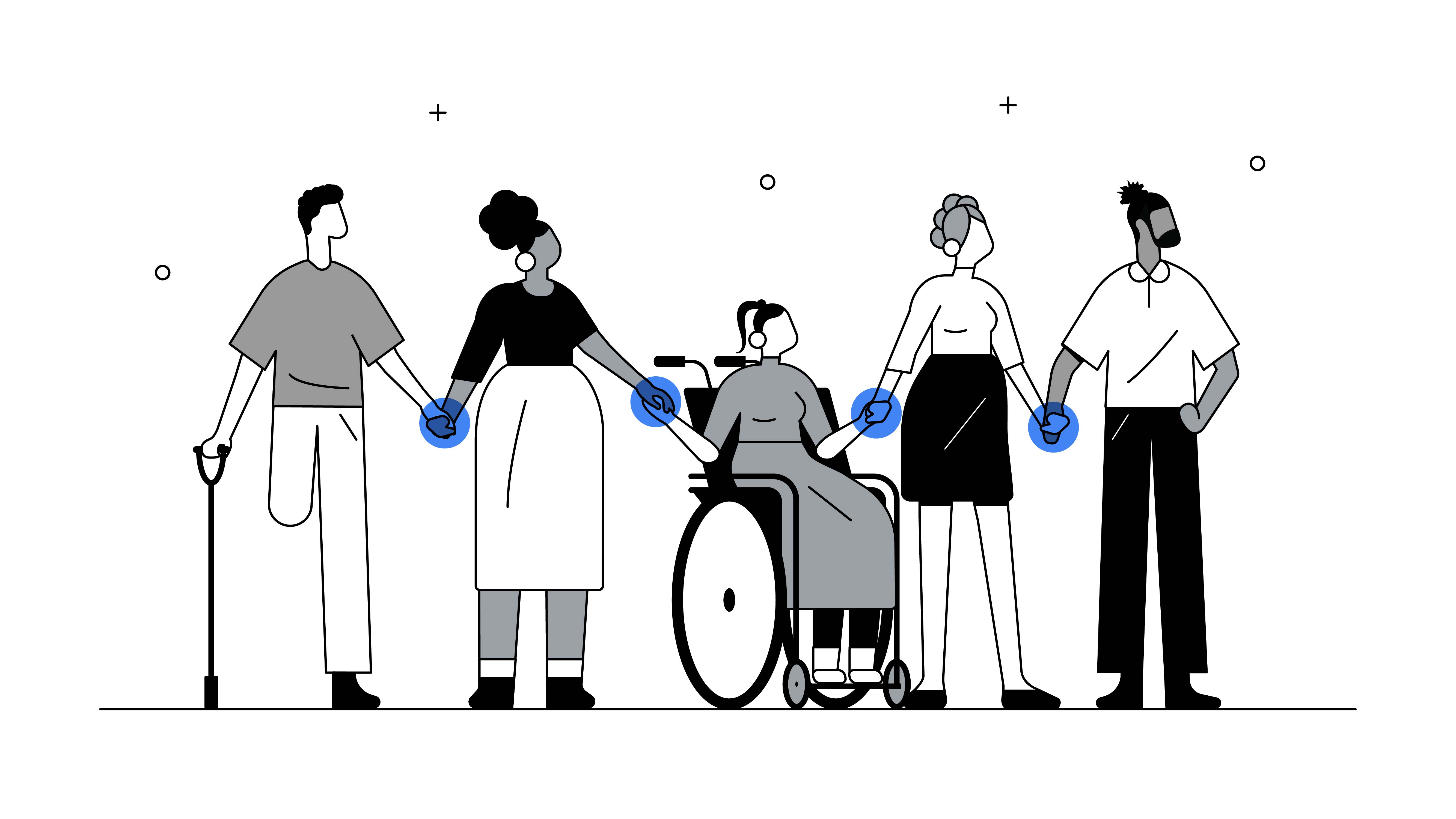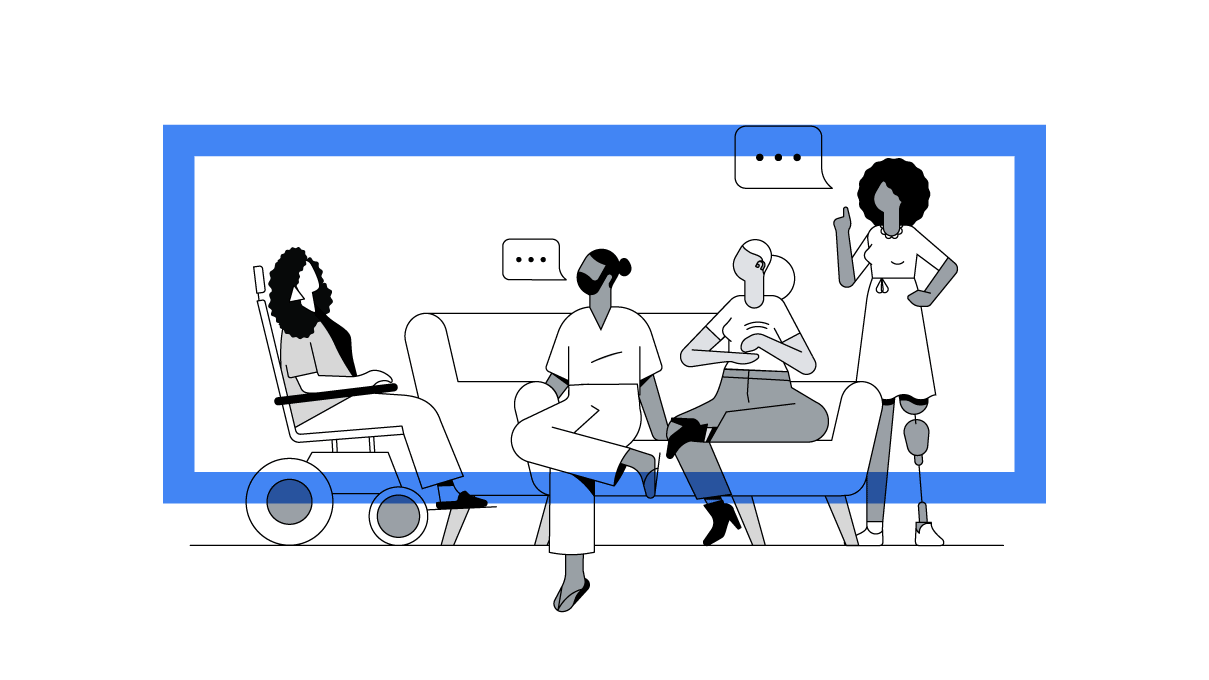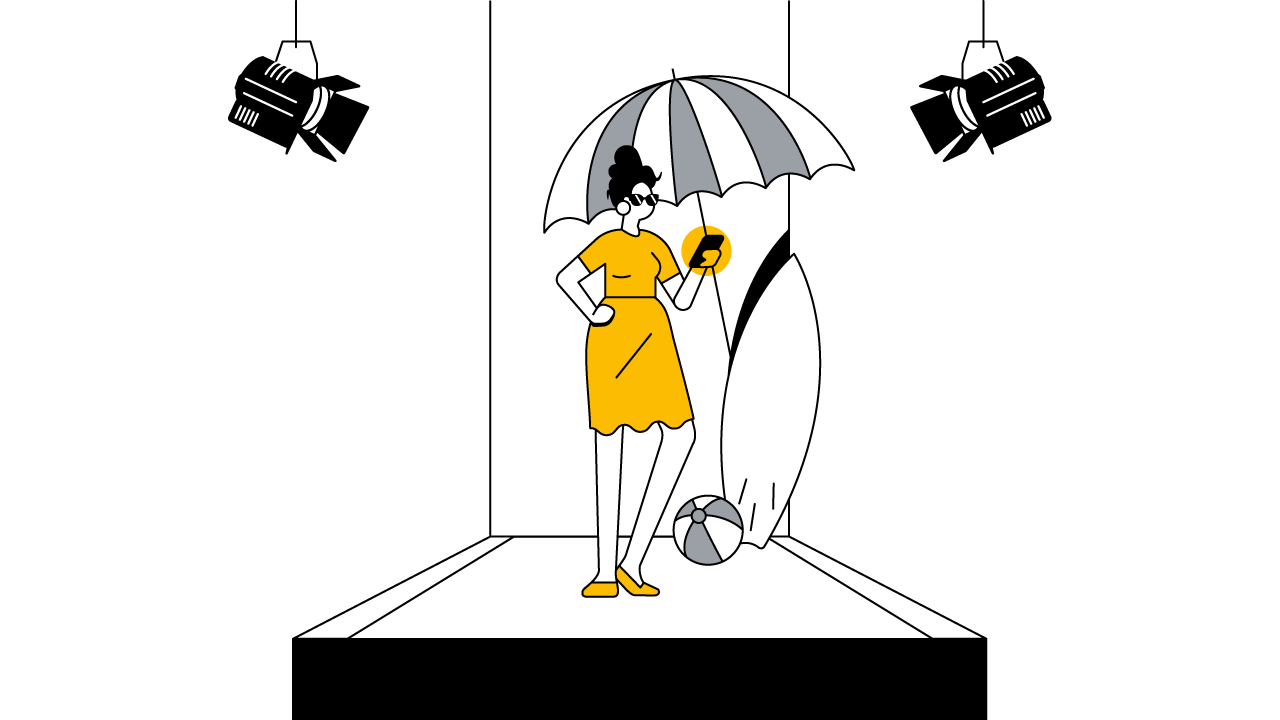Gayglers, founded in 2003 by LGBTQ+ Googlers looking for community, was Google’s first employee resource group (ERG). At a time when being out at work wasn’t the norm, the group helped employees bring their authentic selves to work, providing mentorship, visibility to LGBTQ+ leaders, and a safe space to seek advice. It became a place to ask questions like, “Should I be open with my boss?” and “Do benefits extend to partners?”
Through its growth and advocacy, Gayglers solidified Google as a strong LGBTQ+ ally and a champion for representation and inclusion in the workplace. Members helped Google lead the way in benefits for LGBTQ+ employees, gained company support for LGBTQ+ moments like Pride Month and National Coming Out Day, and facilitated grants for hundreds of LGBTQ+ community organisations and nonprofits. But above all, it gave its members a sense of belonging. In fact, the friendships and camaraderie I’ve enjoyed as a member of the ERG are some of the highlights of my time at Google.
Yet over the years, as the group ballooned from a few dozen people in the New York office to thousands of employees around the world, some members began to point out a discrepancy: The Gaygler name was neither inclusive nor representative of the entire LGBTQ+ community.
Diversity does not equal inclusion
Despite visible corporate support, today’s workforce is falling short of inclusion. Even relatively diverse companies face challenges in creating environments free from bias and discrimination, with fair and equal opportunties and accountable leadership. And inclusion matters. A McKinsey analysis found that the most diverse companies are more likely to outperform financially, attract new generations of workers and consumers, and be better at innovating and making bold decisions.

But hiring diverse talent isn’t enough; it’s the workplace experience that shapes whether people remain and thrive. McKinsey also found that LGBTQ+ women and gender expansive people are underrepresented at every level, increasing the likelihood that they will feel isolated and experience “onlyness” — being the only person on a team or in a meeting with their given gender identity, sexual orientation, or race.
For companies striving to recruit and retain talent, making the workplace inclusive and psychologically safe for LGBTQ+ employees should be a priority. Establishing ERGs are usually one of the most effective ways to do so. However, even these groups sometimes overlook LGBTQ+ women, trans, and nonbinary peers. By holding on to the Gaygler name, we realised we might inadvertently be detracting from the robust, supportive community we’d built.
Efforts to celebrate affinity groups are not always inclusive
Talk of changing the Gaygler name dominated mailing list discussions. Some local chapters even began making up their own, more inclusive monikers. We knew we needed a new name that celebrated all identities, but that was easier said than done.
For companies striving to recruit and retain talent, making the workplace inclusive and psychologically safe for LGBTQ+ employees should be a priority.
While some members felt isolated by the Gaygler name, others loved it. There was a deep, historical attachment to the name. People argued it was part of the culture and that it was “Googley.” We faced an inherent challenge: How do you tackle inclusion for a subgroup within a subgroup? Does the majority within a minority group get to decide the norms for everyone?
Progress is in the process
Having diverse perspectives is key for creating meaningful change. To land on a name that truly represented everyone, it was critical that the renaming process was as inclusive as the end result.
We recognised that there was an overrepresentation of gay and lesbian, white, and American members in Gayglers, and that majority couldn’t speak for the group as a whole. So we formed a tight working group to lead the renaming, with representative members from around the world and across the full LGBTQ+ spectrum.
Even within a diverse community, you need to be inclusive of different perspectives and lived experiences.
Over several months, the team worked with internal and external partners to develop and test four rounds of inclusive names via focus groups and surveys with diverse audiences. The top three names were then presented to the global Gayglers community for voting to ensure everyone had a chance for their voices to be heard.
Once the winner was decided, the work began to bring the new identity to life across all touchpoints, including our ERG logo. Ensuring that all aspects of the update were inclusive and community led, LGBTQ+ Googlers were involved in the creative and design process, consulting and providing feedback over multiple rounds of review. We also worked with Googlers who specialise in screen-reading software and other tools for disabled communities to include appropriate and descriptive alt text.
The result: Pride at Google, which received an overwhelming number of votes and the most positive comments.
“As the LGBTQ+ community continues to grow and change, updates like this are critical for companies and organisations to ensure their workplaces are inclusive to all,” said Rich Ferraro, GLAAD’s chief communications officer. “With this move, you all are raising the bar for inclusivity in tech and now have a great opportunity to spotlight diverse LGBTQ+ issues to your members and the company at large. Since 2012, GLAAD and Google have partnered on internal work and external LGBTQ+ campaigns, and we can’t wait to collaborate with Pride at Google to continue that work.”
Inclusion is an ongoing effort
Changing the name of an employee resource group — and devoting so much time, energy, and care to the exercise — may not seem like a priority to everyone. Even within Google, there remains nostalgia for the Gayglers name and questions as to why it needed to change.
But this experience offers important lessons. Even within a diverse community, you need to be inclusive of different perspectives and lived experiences. Ensure that everyone’s voices are heard. Recognise that diversity looks different around the world. Evolve with the times, and take a methodical and transparent approach to that process.
Inclusion impacts employee retention, business performance, and how we show up for our customers and users. As the conversation around racial justice and equity expands, understanding intersectionality between race, sexuality, and gender identity has become critical.
The same genesis for launching Gayglers back in 2003 — creating safe spaces where underrepresented employees can bring their whole selves to work — is why it’s so important we continue evolving it today.







